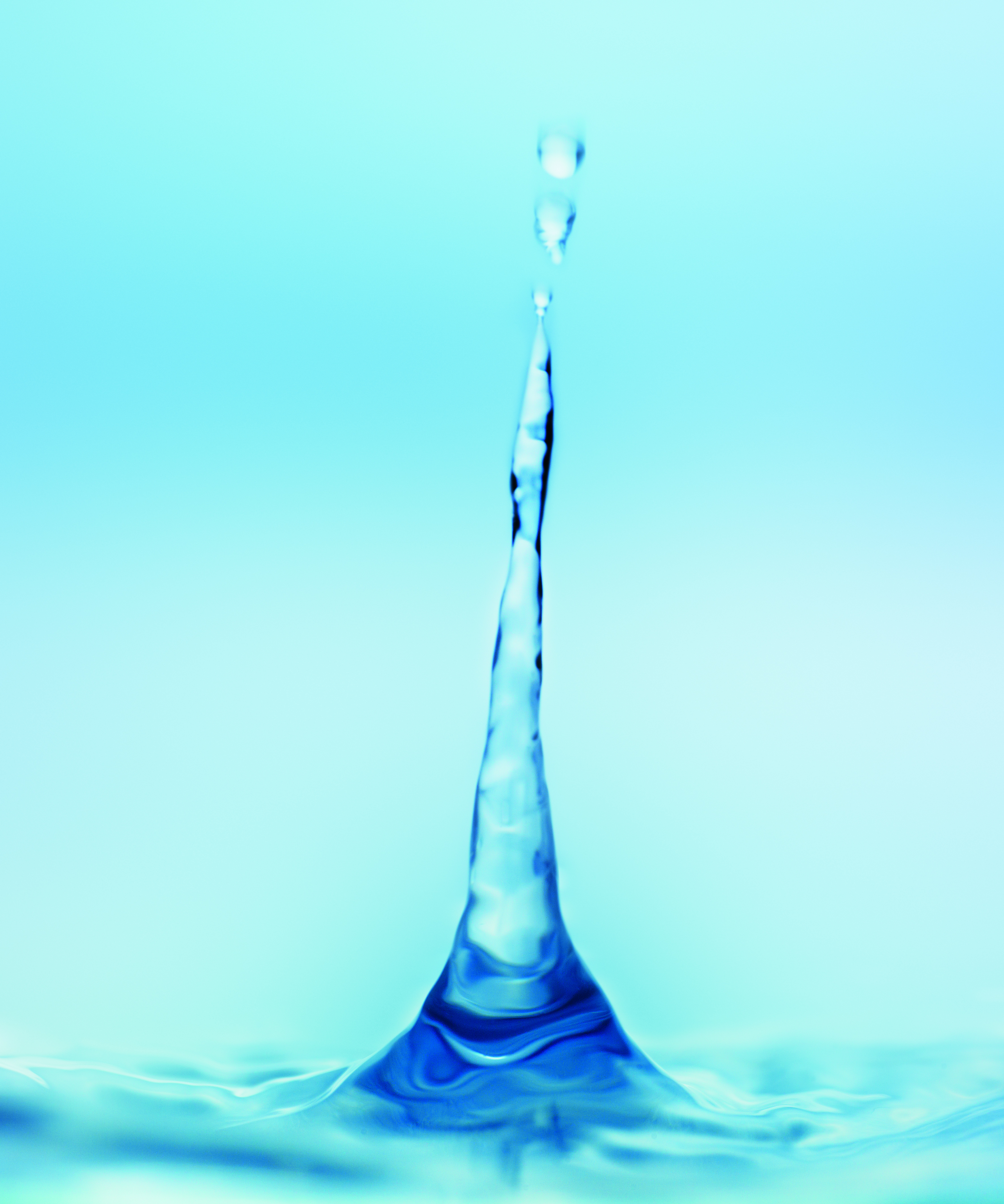Mobile biosensor system
Until now, time-consuming laboratory tests were necessary to detect pollutants and contaminants in liquids. Now, a novel mobile biosensor system developed by Fraunhofer IIS in cooperation with the Swedish company CapSenze can quickly and reliably detect the presence of biochemical substances.


Fraunhofer IIS contributed the ASIC-based read-out electronics and implemented the measurement algorithm for sensor signal processing. The chip captures the sensor capacity with a measuring resolution of below 0.1 % and a power consumption of only a few microwatts. Integrating the ASIC reduces the system to the size of a matchbox, also making it suitable for mobile use. On account of the automatic control of all functions, the system works autonomously without the need for specially trained personnel.
Hunting for contaminants
The results of the measurement are available within minutes. Up to six sensors for different substances can be integrated into the system. These supply precise measurement data in the pico-to-femtomole range. The technology employs molecularly imprinted polymers (MIPs), which form a specifically structured coating on a gold-plated electrode, much like a molecular “footprint” on the target substance. The electrode only reacts when the MIP coating comes into contact with the substance being searched for. This means that the substances can be unequivocally verified.
Applications
The biosensor system can be used to find trace elements of hormones, pesticides, and mycotoxins in water and water-soluble substances, even when the concentrations are in the micromole range. This opens up a wide range of possible applications from mobile food controls and the monitoring of entire food-production chains right up to doping tests.
More information can be found at: www.iis.fraunhofer.de/en/ff/sse/sens/anw/ umt.html
Last modified: